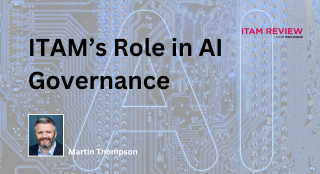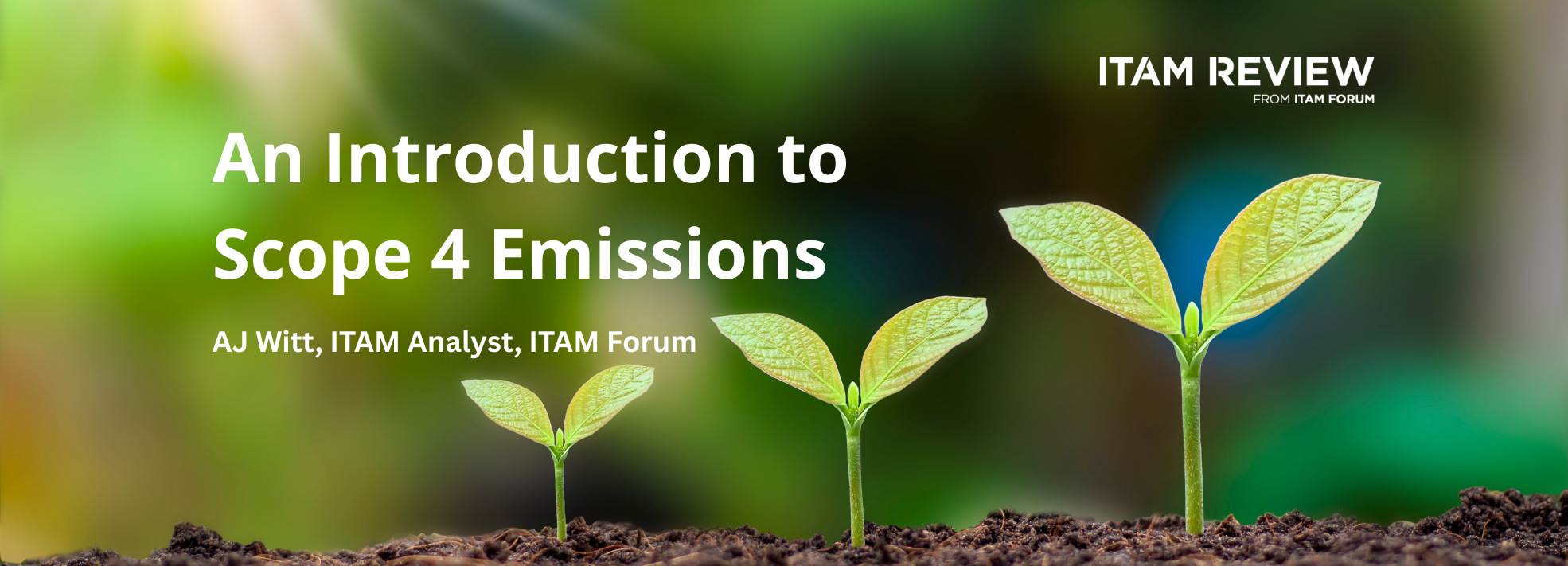License Management: Myths vs Reality

Christof Beaupoil
This article is an interview with Christof Beaupoil, Co-founder and President at Aspera Technologies and is based on a recent presentation that he gave at the IAITAM Fall conference in October.
So what exactly is your day job?
My business card says Co-Founder and President, but my actual day-to-day efforts involve managing key client accounts, strategic business development, and being a camp counselor to our team here in North America.
You recently presented at IAITAM, on the topic of License Management Myths. Can you give us an overview of what that session looked at?
My presentation addressed the disconnect between how effective software license management should work, and how it actually does in reality. For example, I looked at common myths such as the false notion that simply implementing an automated license management tool will magically generate perfect data inventories. I also addressed other common misconceptions, and offered advice on how to bypass obstacles that can hinder an effective license management effort, as well as outlined tangible solutions to approach the challenge of SLM with a combination of tools, services and gained expertise.
What do you see as the biggest license management myth and why do you think people believe it is true?
The biggest myth is that the discovery and scanning tools that you have in place already are providing you with a complete and accurate picture of your software assets. The most common information missing is:
- Hardware configuration data required to manage server software licenses (such as the number of cores and hard or soft partitioning for virtualization)
- Application specific scan data that only a so-called “Deep Scans” produce
- Changed registry keys
- Signatures and recognition rules to accurately identify stand-alone and suite products
Companies also could struggle with their legacy data as “orphaned devices” often show up. An orphaned device does not belong to a cost center, which means the data gathered from and about the device cannot be assigned and recorded in the system. In other words it gets lost.
Another common myth is that the companies’ procurement data is complete. Often, the SKU (manufacturer article number) is missing, which is key to automate the license inventory process. Other information commonly missing or incorrect in the procurement data are the:
- Invoice date; which is needed to determine maintenance timeframes
- Contract number; which is required for various things such as inherited product use rights and maintenance, true-ups and milestone checks
What is the reality?
The reality is that the tools you have in place were not designed with license management in mind, so important data is missing. For example, a spend management system does not record the Product Use Rights or license metric. But you need to know about license metrics in order to tell you how many licenses you need to cover your usage – which means you have to have a handle on your procurement data and the Product Use Rights. That’s why a SKU Catalog is so important, because it helps fill in this missing data.
Once you understand the metrics it becomes clear that there are large gaps in the technical data you have been previously relying on, such as incorrect product names, missing versions, configuration data, virtual machine to host relationships, etc. A well designed license management tool will uncover these gaps, track them, and report on them so that companies can tackle the issue head on, rather than search through scripts to find the errors.
And what are the most common obstacles that get in the way of making myth reality?
The belief that the license management tool will automatically fill these holes with the push of a button. The license management system relies on the data from external sources and if the data fed into it is low quality, then the results will also be of low quality.
The key to the license management tool fixing the problem lies as much within the SAM tool as it does outside of it: processes and people.
The company must have processes in place to ensure the data required for license management is gathered. And this includes roles and responsibility for staff to ensure that the processes run. The processes are based on the requirements of license management, which are largely stipulated by the license management tool. This means that the SAM tool must clearly track the data quality in order to help the company continuously monitor and improve its processes.
The tool provider needs to offer consultants that go beyond the project to assist companies on an ongoing basis to fill in the holes in their data. Software licenses are so complex that vendor and application-specific knowledge is a must. But most companies do not have the resources to cover this need. The tool provider must offer expert services to augment knowledge and resource gaps.
How can people start making these myths reality?
Companies should conduct a deep dive into a vendor’s tool functionality, and specifically look at how it handles data quality management and metric calculations – and should ask the questions like “how well does this tool integrate into my existing environment?” and “does it help augment and complete the data?” And make sure that a vendor’s services and expertise will tangibly help to fill the discovery and scanning tool gaps. Otherwise you’ll be left with an expensive tool that doesn’t actually help unravel complexities of license management.
About IAITAM:
The International Association of Information Technology Asset Managers, Inc. (“IAITAM”) is the professional association for individuals and organizations involved in any aspect of IT Asset Management, Software Asset Management, Hardware Asset Management, and the lifecycle processes supporting IT Asset Management in organizations of every size and industry across the globe.
Their next conference Spring 2014 ACE will take place in Las Vegas 29th April – 1st May. As the Official Media Sponsor of this event, ITAM Review has secured a special discount for all our readers, please CONTACT US to find out more about our negotiated rates and how to book your place.
Can’t find what you’re looking for?
More from ITAM News & Analysis
-
Broadcom vs Siemens AG - A Brewing Storm
The ongoing legal battle between VMware (under Broadcom ownership) and Siemens is yet another example of why ITAM goes far beyond license compliance and SAM. What might, at first glance, appear to be a licensing dispute, ... -
Shifting Left Together: Embedding ITAM into FinOps Culture
During one of the keynotes at the FinOps X conference in San Diego, JR Storment, Executive Director of the FinOps Foundation, interviewed a senior executive from Salesforce. They discussed the idea of combining the roles of ... -
Addressing the SaaS Data Gap in FinOps FOCUS 2.1
I recently reported on the FinOps Foundation’s inclusion of SaaS and Datacenter in its expanded Cloud+ scope. At that time, I highlighted concerns about getting the myriad SaaS companies to supply FOCUS-compliant billing data. A couple ...
Podcast
ITAM training
Similar Posts
-
The M&S Cyberattack: How IT Asset Management Can Make or Break Your Recovery
Marks & Spencer (M&S), the iconic UK retailer, recently became the latest high-profile victim of a devastating cyberattack. Fellow retailers The Co-Op and Harrods were also attacked. Recent reports suggest the rapid action at the Co-Op ... -
AI in ITAM: Insightful Signals from the Front Line
During our Wisdom Unplugged USA event in New York in March 2025, we engaged ITAM professionals with three targeted polling questions to uncover their current thinking on Artificial Intelligence—what concerns them, where they see opportunity, and ... -
How ISO/IEC 19770-1 Can Help Meet FFIEC Requirements
In the world of ITAM, the regulatory spotlight continues to intensify, especially for financial institutions facing increasing scrutiny from regulatory bodies due to the growing importance of IT in operational resilience, service delivery, and risk management. ... -
An Introduction to Scope 4 Emissions
Executive Summary For ITAM teams, sustainability is a core responsibility and opportunity. Managing hardware, software, and cloud resources now comes with the ability to track, reduce, and report carbon emissions. Understanding emission scopes—from direct operational emissions ...




